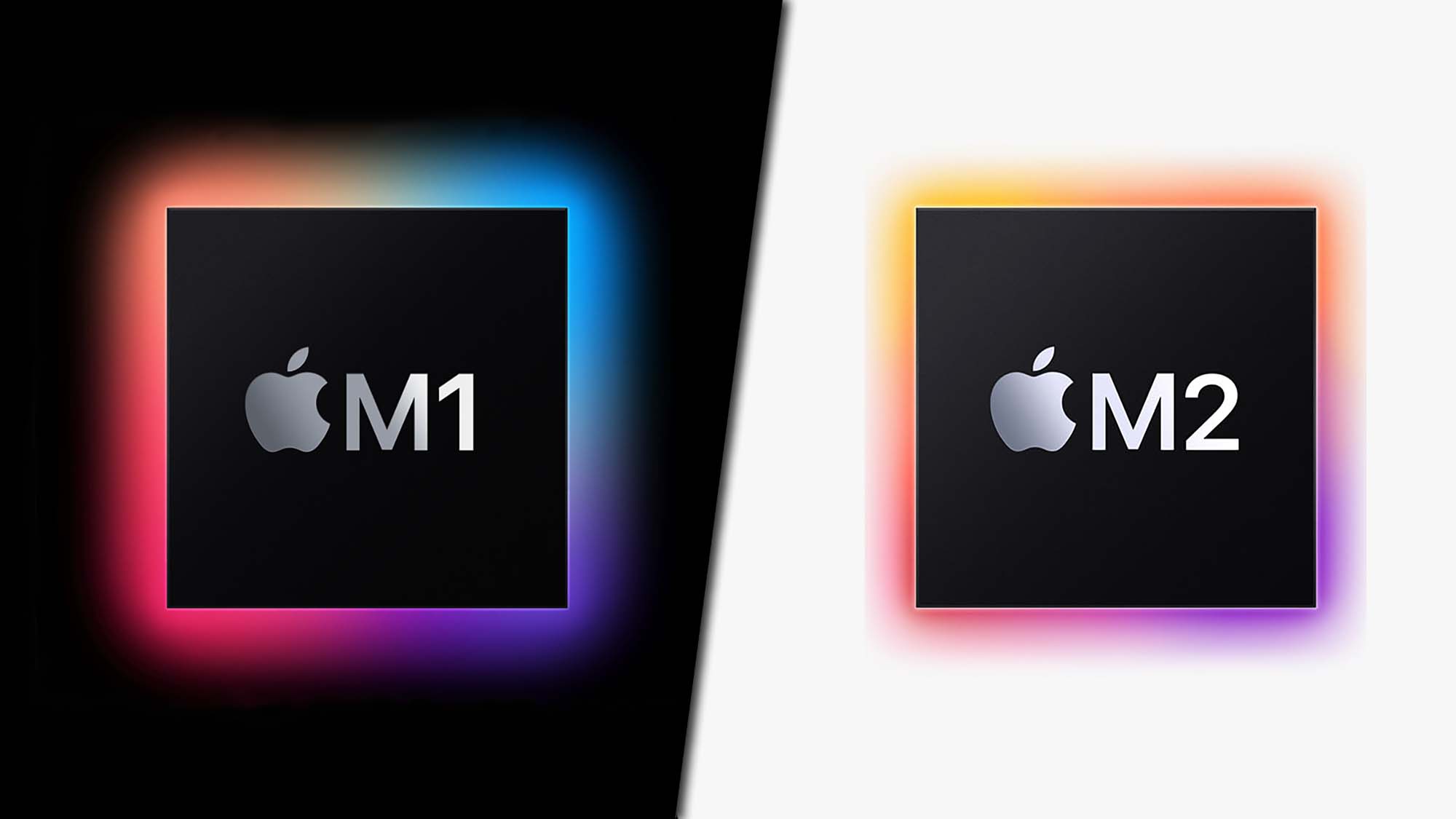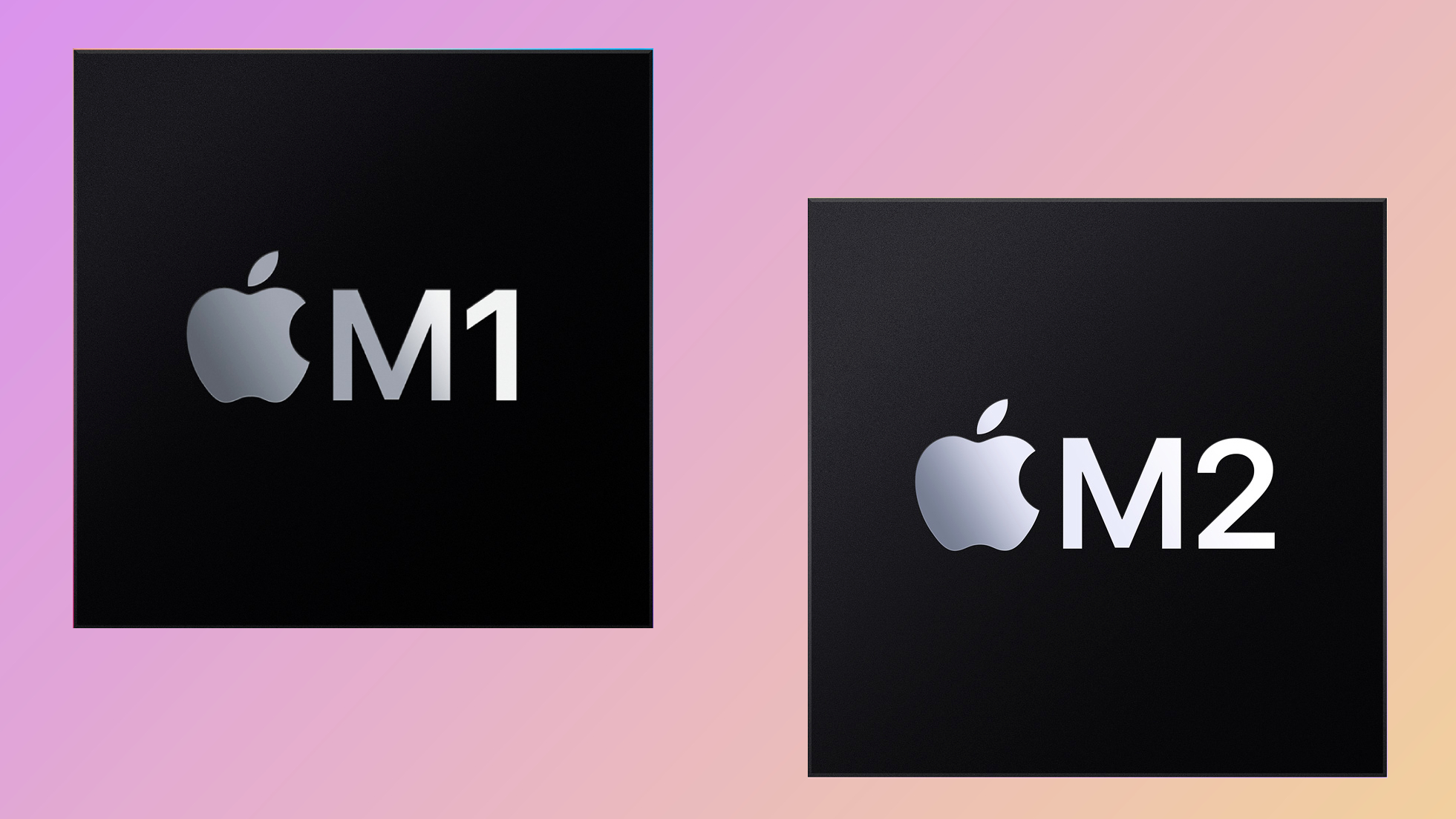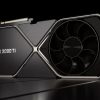Apple’s M1 and M2 chips represent a revolutionary shift in computing performance, marking the company’s bold transition from Intel processors to custom silicon. When Apple introduced the M1 chip in 2020, it fundamentally changed the laptop with unprecedented efficiency and power. The M2, launched in 2022, builds upon this foundation with significant improvements across every metric that matters to users.
The performance gap between these processors is substantial and measurable. The M2 delivers an 18% faster CPU, 35% more powerful GPU, and 40% faster Neural Engine compared to its predecessor. These aren’t just marketing numbers – real-world benchmarks consistently show the M2 outperforming the M1 in both single-core and multi-core scenarios, with Geekbench scores reaching 2589 versus 2383 points for single-core performance.
Beyond raw performance, the architectural improvements tell a compelling story. The M2 packs 20 billion transistors compared to the M1’s 16 billion, representing a 25% increase in processing density. This translates to better performance per watt, meaning users get more power without sacrificing battery life, a crucial consideration for mobile professionals and creative users.
Memory capabilities showcase another significant advancement. While the M1 maxes out at 16GB of LPDDR4X RAM, the M2 supports up to 24GB of faster LPDDR5 memory with 100GB/s bandwidth versus the M1’s 68.25GB/s. This enhanced memory subsystem directly impacts multitasking performance, video editing capabilities, and system responsiveness.
The choice between M1 and M2 ultimately depends on your specific needs, budget, and performance requirements. Understanding these differences helps determine which chip delivers the best value for your computing demands.
CPU Performance: Architecture and Speed Improvements
The M2’s CPU architecture represents a significant evolution from the M1’s foundation. Both chips feature an 8-core design with four high-performance and four energy-efficient cores, but the underlying technology differs substantially. The M1 utilizes “Firestorm” and “Icestorm” cores derived from Apple’s A14 Bionic processor, while the M2 employs newer “Avalanche” and “Blizzard” cores from the A15 Bionic chip.

This architectural upgrade delivers measurable performance gains. The M2’s performance cores clock up to 3.5 GHz compared to the M1’s 3.2 GHz, while efficiency cores reach 2.4 GHz. The shared L2 cache also receives an upgrade from 12MB in the M1 to 16MB in the M2, improving data access speeds and processing efficiency.
Graphics Performance: Enhanced Visual Computing
Graphics performance sees one of the most significant improvements between generations. The M2 features 8-10 GPU cores compared to the M1’s 8 cores, delivering up to 35% better graphics performance at maximum power. In Geekbench Metal benchmarks, the M2 scored 30,627 points versus the M1’s 21,001, representing a substantial 45% improvement in graphics computing.
This enhanced GPU performance directly benefits video editing, 3D rendering, gaming, and other graphics-intensive applications. The M2’s peak performance reaches 3.6 TFLOPs, making it capable of handling demanding creative workflows that previously required dedicated graphics cards.
Memory and Bandwidth: Faster Data Processing
Memory improvements in the M2 extend beyond capacity increases. The transition from LPDDR4X to LPDDR5 technology provides 46% higher bandwidth at 100GB/s compared to the M1’s 68.25GB/s. This enhanced memory subsystem reduces bottlenecks in data-intensive applications and improves system responsiveness.
The M2’s support for up to 24GB of unified memory versus the M1’s 16GB maximum provides additional headroom for professional workflows, large datasets, and intensive multitasking scenarios.




